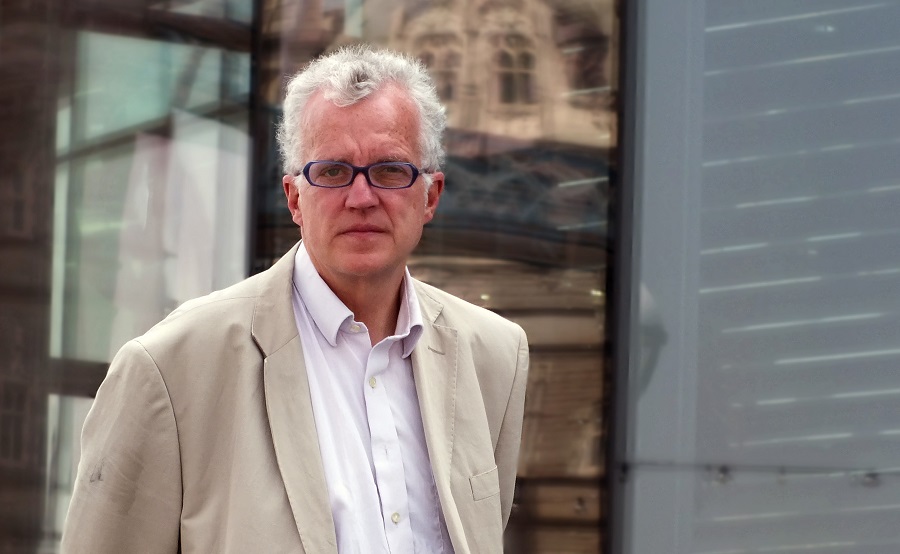Walking through Holloway, north London today, I was struck at how the road and pavement engineers deliberately make life difficult for pedestrians. To walk half a mile and cross a couple of major roads, I was shunted by so called pedestrian barriers in a way that ensured I had to cover an extra two hundred yards. In fact, as it was early morning, I dodged around them on the road as there were no cars, but I am fit and able to do that.Think how much longer people with poor mobilty have to go just to accommodate cars that they are unable to use.
This shows a priority of user which is no longer acceptable. Why should pedestrians, who are using the most environmentally friendly method of travel and who are contributing most to the community – we do not, fortunately, have drive-in shops in Holloway – go the long way round to allow cars to whizz through our patch faster?
This small example demonstrates just how far thinking about urban spaces has to change. So much of our urban design is still the legacy of 60s thinking which was solely concerned with how fast cars could get through, rather than any notion of liveability or swustainability. I recognise that it is changing, with Transport for London beginning to get rid of the 60s one way systems – though does Boris support that? – and Birmingham city centre having been transformed, but there is so much to do and so little money to support it. In fact, changing transport priorities should be high on the agenda for the government because it is the key to any regeneration strategy. Look, for example, at how Shoreditch has improved since the one way system was dispensed with there a few years ago.
